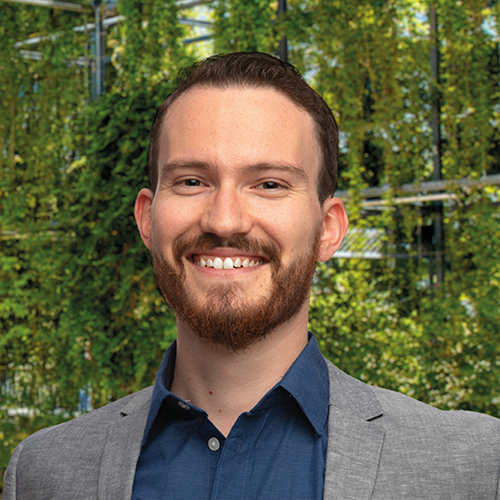
Daniel Bojar and his team have cracked the glycan code
03.11.2020 15:37
A team of scientists from the Wyss Institute for Biologically Inspired Engineering at Harvard University and the Massachusetts Institute of Technology (MIT) led by Branco Weiss Fellow Daniel Bojar has developed new machine learning and bioinformatics methods that enable researchers to systematically study glycans and identify sequences that play a role in the interactions of microbes and their host cells, as well as other still-unknown functions.
Glycans are long, branching chains of simple sugars that cover the surface of every living cell, and even viruses. They are crucial for regulating cell-cell contact, including the attachment of bacteria to healthy host cells. Despite their ubiquity and importance, glycans remain poorly understood because of their complexity. Rather than just the four nucleotide “letters” that make up DNA and RNA molecules, glycans have an “alphabet” of hundreds of different monosaccharides that can be strung together into sequences.
The tools presented in a new paper published recently in Cell Host & Microbe help cracking the glycan code. “The language-based models that we have created can be used to predict whether and how a given glycan will be detected by the human immune system, thus helping us determine whether a strain of bacteria that harbors that glycan on its surface is likely to be pathogenic,” says Daniel Bojar. “These resources also enable the study of glycan sequences involved in molecular mimicry and immune evasion, expanding our understanding of host-microbe interactions.”
The tools are available online as a free Wyss WebApp that researchers can use to perform their own analyses of thousands of glycans.
Read the news on the Wyss Institute’s website
Read the paper on Cell Host & Microbe
